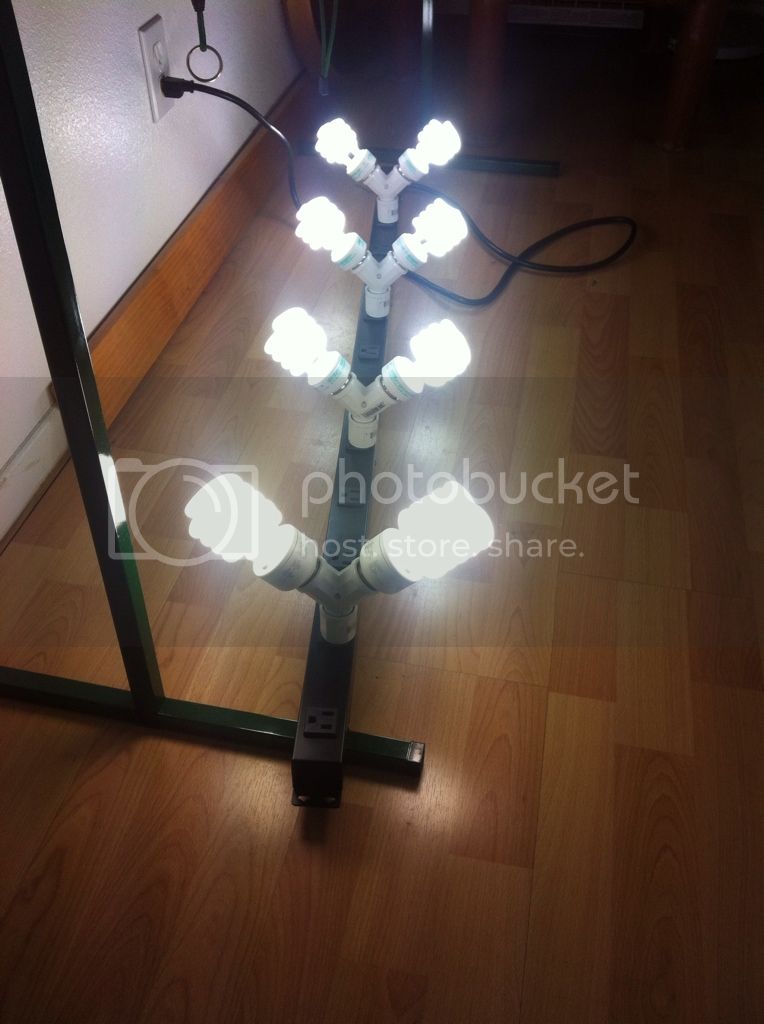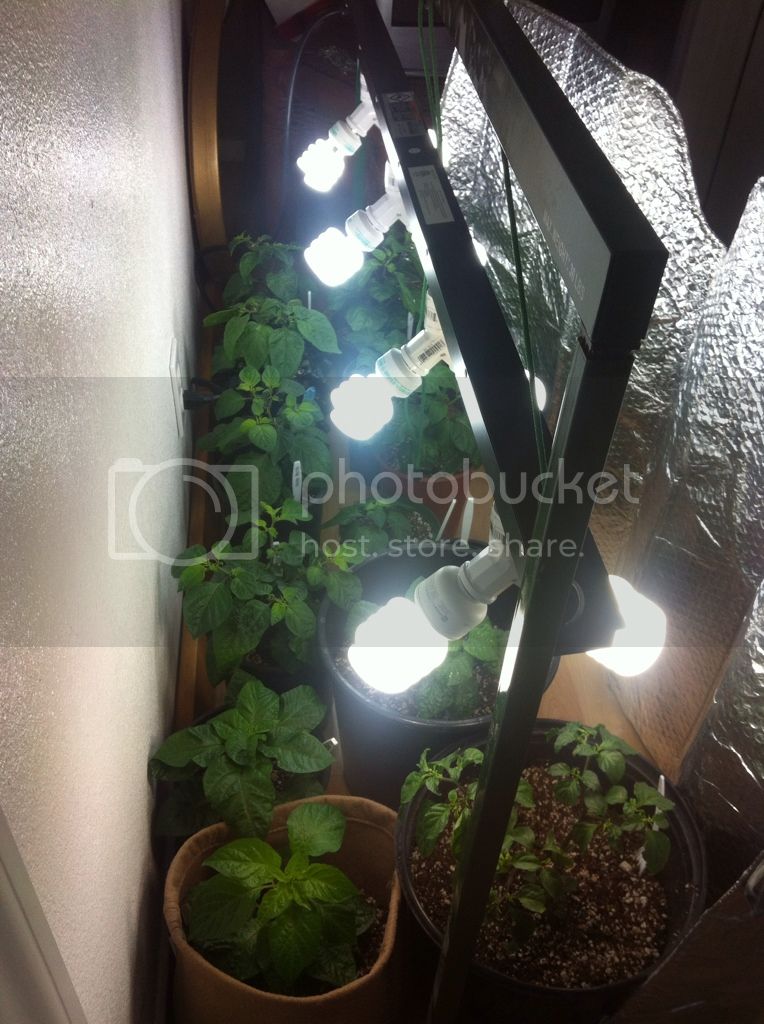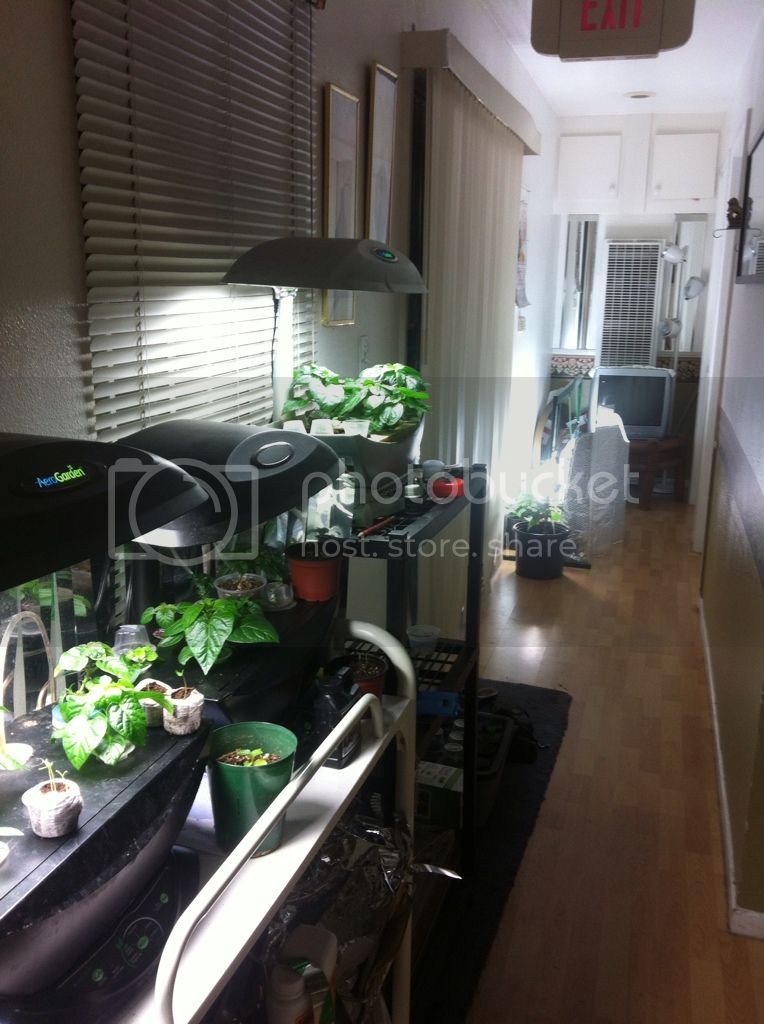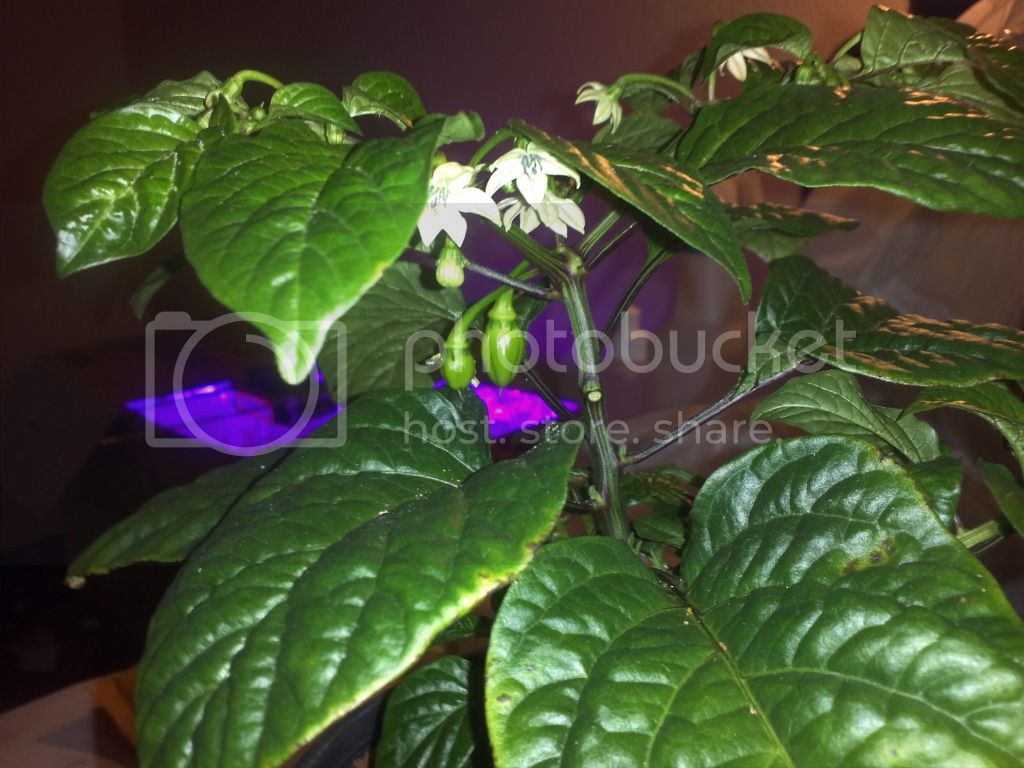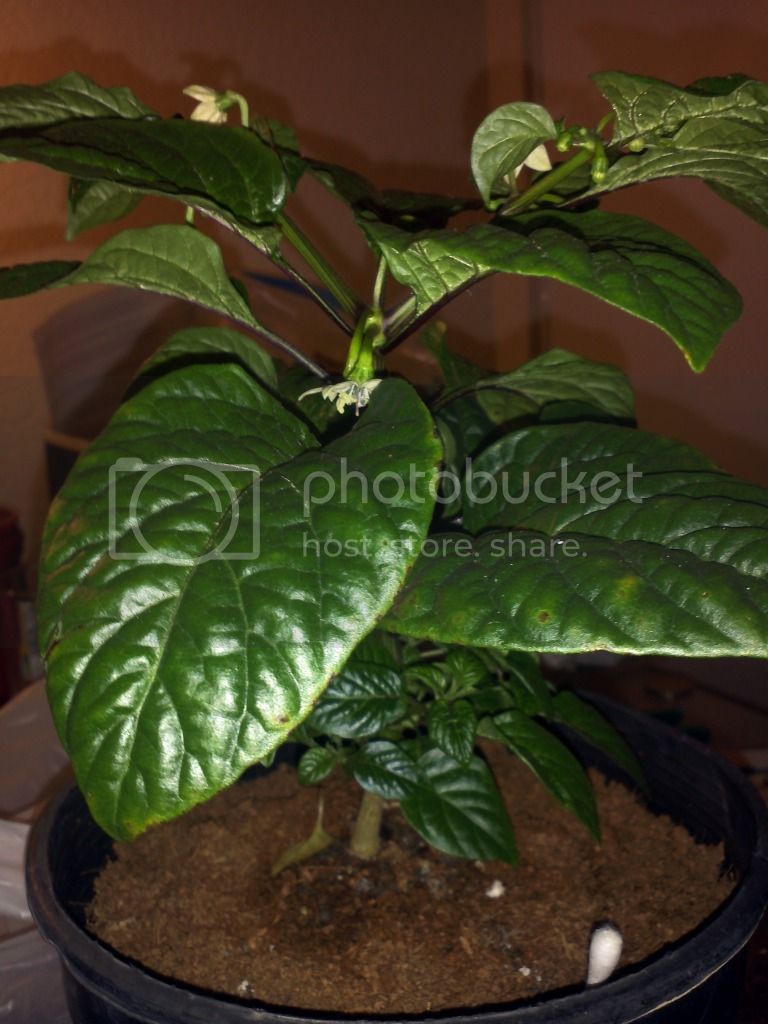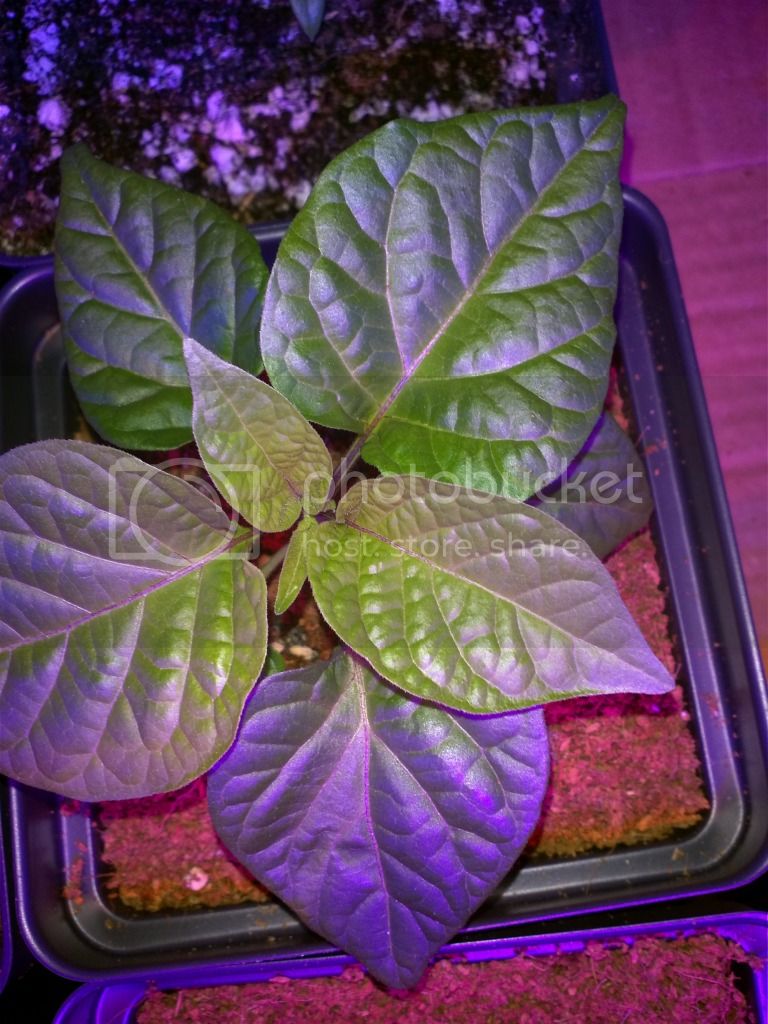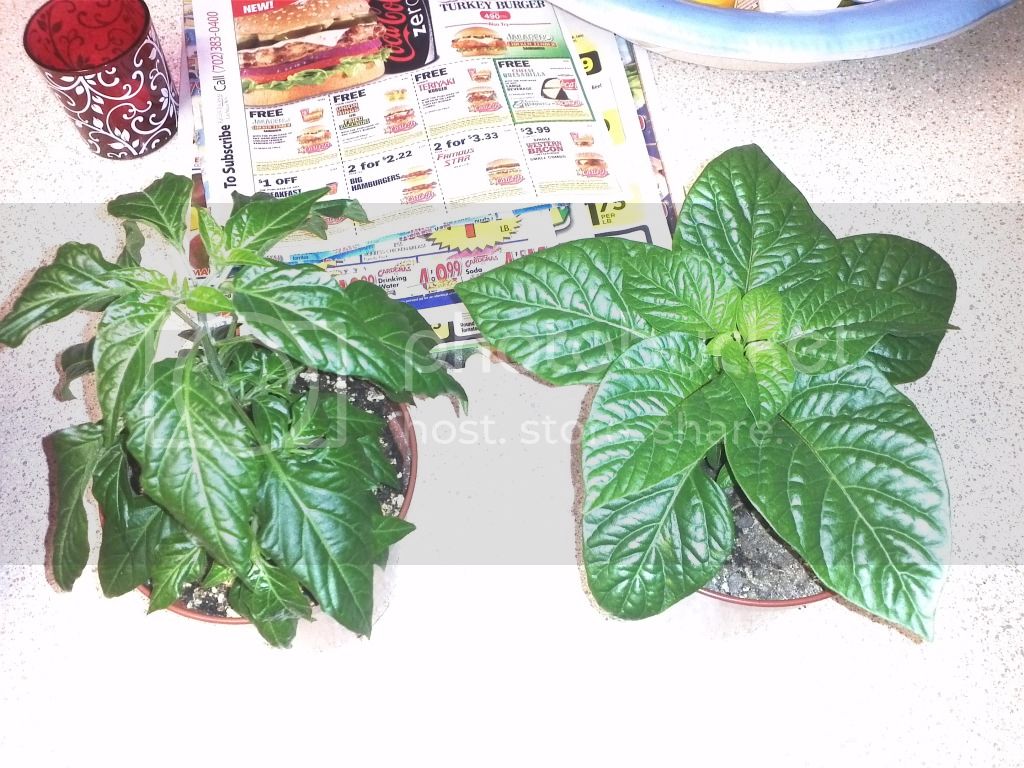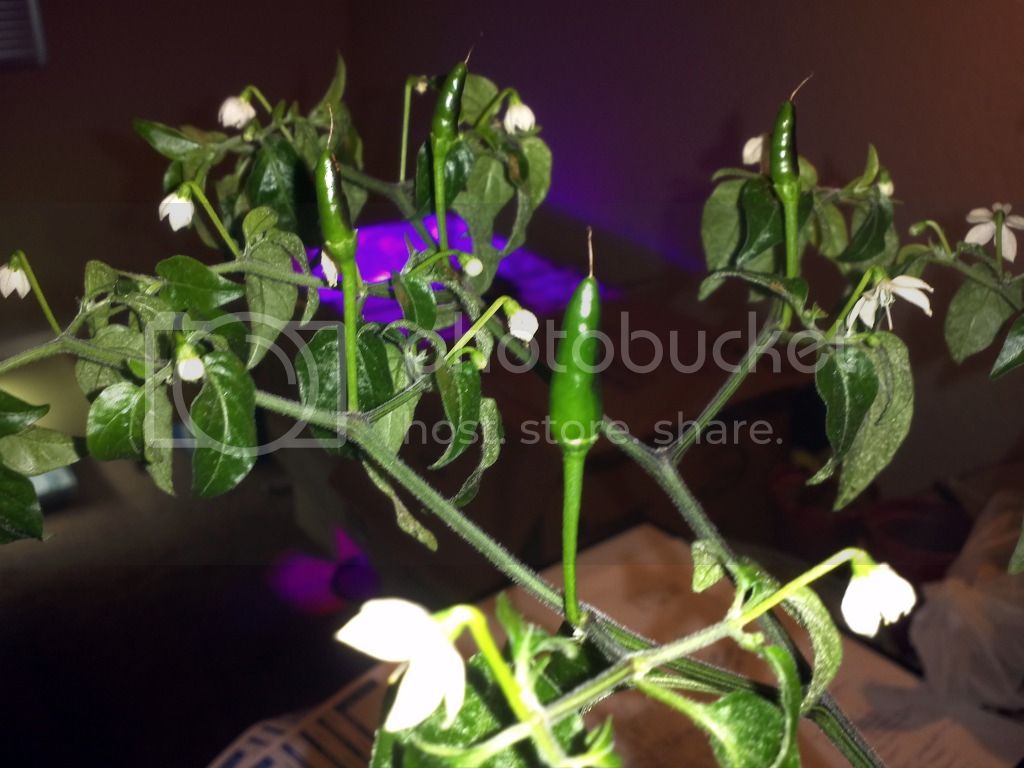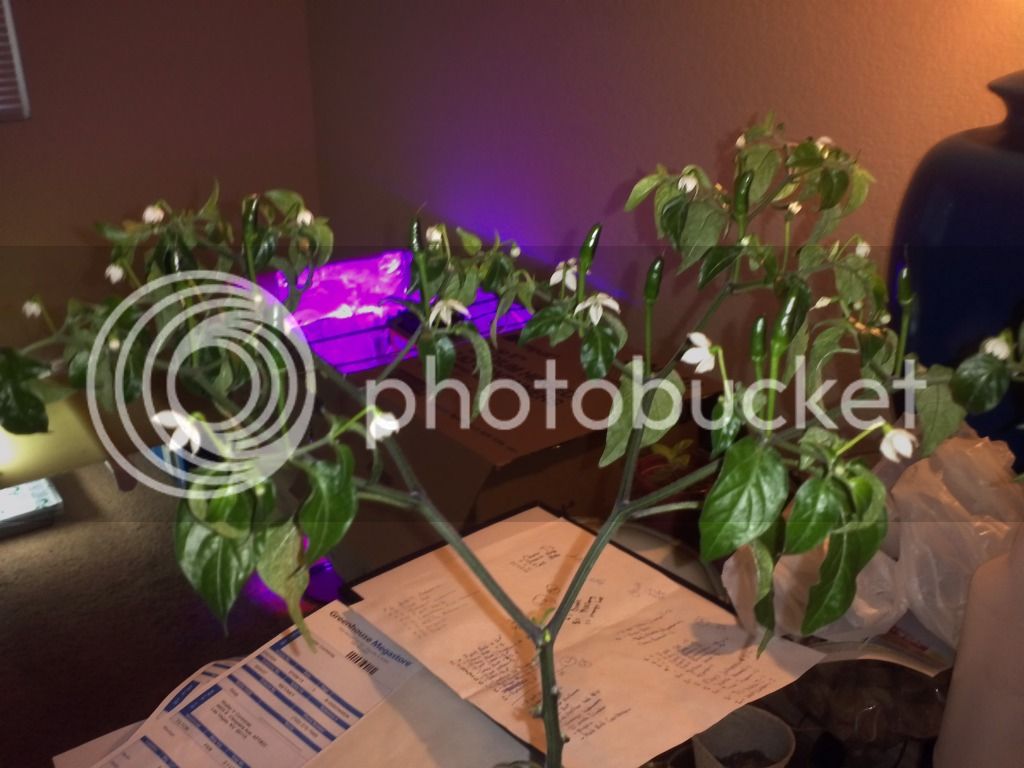So, I've been looking into different choices in lighting for my indoor grow this spring.
I started out seeing a few videos on YouTube in regards to LED UFO lights. Which by the video, (which was doing a side by side comparison with a HID) seemed to do very well in growing large plants. I believe they were testing a 200W UFO against a 400W HPS HID.
I then went to my local hydro store for some nutes and started talking with the owner about lighting. I told him about the video and he gave his thoughts on LEDs. He told me that LED's are only good for supplemental light and wouldn't be good for full indoor growth. He mentioned that they do put off a lot of heat, unlike what is advertised. Basically told me to steer clear.
I then told him that I had X Kelvin/Lumen CFL's in my grow and basically went on with what I know about lights at this point. He told me that the Kelvin scale and Lumen output is not a good way to choose my lighting and that what I need to know is the PAR reading. He said that they PAR measurement is what I should be going off of to decide how much light I need for my grow.
(I knew nothing then of PAR readings and know little now. It's my understanding that it is a measurement of all usable light through out the spectrum and it's intensity) (Correct me if I'm wrong)
So here is where my dilemma comes into play. Now when I look at lights and see all of these Kelvin/Lumen ratings, I feel like they don't mean anything and I can't decide what is a good light and what is not.
I was going to go the HID route but my buddy doesn't want to cut holes in his shed to vent the heat and we only have a total of roughly 48" from top to bottom in our grow area, so that wouldn't be enough room for a HID anyway.
So I started looking for T-5 HO 8-12 Bulb Fixtures which, it seems to me, the fixture itself doesn't really matter much but the actual bulbs you put in it are going to decide how much success you are going to have.
Which comes back to my original problem. Everything is rated in Lumens/Kelvins....which I don't know what to make of now. Guess when it comes down to it, I'd like the more knowledgeable growers to inform me of your opinions on the topic.
What might you suggest for Flouro's? What's a good fixture to get? Good bulbs? What's worked for you?
My intentions are to start plants indoors and possibly fully grow a few plants (to flower and fruit) in the winter.
Please fill me in because I am a little lost now that the PAR reading has been thrown into the equation. It's not an easy measurement to come by without having a meter yourself.
Thanks
I started out seeing a few videos on YouTube in regards to LED UFO lights. Which by the video, (which was doing a side by side comparison with a HID) seemed to do very well in growing large plants. I believe they were testing a 200W UFO against a 400W HPS HID.
I then went to my local hydro store for some nutes and started talking with the owner about lighting. I told him about the video and he gave his thoughts on LEDs. He told me that LED's are only good for supplemental light and wouldn't be good for full indoor growth. He mentioned that they do put off a lot of heat, unlike what is advertised. Basically told me to steer clear.
I then told him that I had X Kelvin/Lumen CFL's in my grow and basically went on with what I know about lights at this point. He told me that the Kelvin scale and Lumen output is not a good way to choose my lighting and that what I need to know is the PAR reading. He said that they PAR measurement is what I should be going off of to decide how much light I need for my grow.
(I knew nothing then of PAR readings and know little now. It's my understanding that it is a measurement of all usable light through out the spectrum and it's intensity) (Correct me if I'm wrong)
So here is where my dilemma comes into play. Now when I look at lights and see all of these Kelvin/Lumen ratings, I feel like they don't mean anything and I can't decide what is a good light and what is not.
I was going to go the HID route but my buddy doesn't want to cut holes in his shed to vent the heat and we only have a total of roughly 48" from top to bottom in our grow area, so that wouldn't be enough room for a HID anyway.
So I started looking for T-5 HO 8-12 Bulb Fixtures which, it seems to me, the fixture itself doesn't really matter much but the actual bulbs you put in it are going to decide how much success you are going to have.
Which comes back to my original problem. Everything is rated in Lumens/Kelvins....which I don't know what to make of now. Guess when it comes down to it, I'd like the more knowledgeable growers to inform me of your opinions on the topic.
What might you suggest for Flouro's? What's a good fixture to get? Good bulbs? What's worked for you?
My intentions are to start plants indoors and possibly fully grow a few plants (to flower and fruit) in the winter.
Please fill me in because I am a little lost now that the PAR reading has been thrown into the equation. It's not an easy measurement to come by without having a meter yourself.
Thanks

